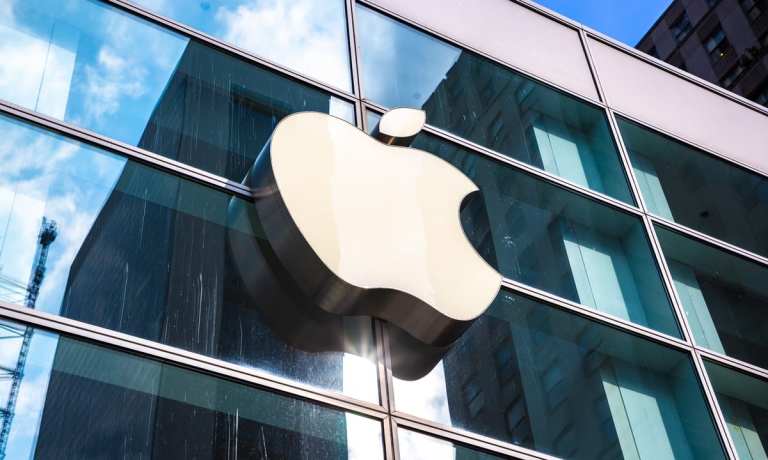
Apple posted strong results Wednesday (April 28) for its fiscal second quarter that showed continued demand for its hardware — boosted by pivots toward working from home and schooling from home amid the pandemic — and demand for its service and subscription offerings.
According to a press release, the consolidated top line, at $89.6 billion, surged 54 percent year on year, leagues above the $77.4 billion that Wall Street anticipated. The earnings per share of $1.40 was better than consensus at 99 cents.
Drilling down into segment/product level details, iPhone revenues soared more than 65 percent to $47.9 billion. CEO Tim Cook said the company had a record number of upgrades for a March quarter, and 5G may be a prime motivator, although 5G is in its “early days … penetration on a global level is still low at this point.”
iPad related revenues stood at $7.8 billion, well above the $4.4 billion last year, while Mac-related revenues of $9.1 billion outpaced last year’s comparable quarter sales of $5.4 billion. In a sign of traction of devices, such as watches (including the Apple Watch Series 6 and HomePods) and other offerings, the Wearables, Home, Accessories segment was $7.8 billion, gaining nearly 24 percent year on year.
Services Soar
The services segment stood at $16.9 billion compared to $13.4 billion a year ago — and management said demand for App Store and subscriptions, such as Apple Music, have been strong. Although details were scant, management said the Apple Card is getting strong traction and should be boosted in part by card sharing services.
As PYMNTS reported earlier this month, the tech behemoth introduced “Apple Card Family” at a company event that lets family members use the same card through the iCloud and the Wallet app.
Chief Financial Officer Luca Maestri said during a conference call that paid subscriptions grew by 145 million in the past year, adding 40 million in the latest quarter, and as reported by the Financial Times, the paid subscriber count at the end of the quarter stood at 660 million.
All geographic regions saw double-digit percentage gains, notably Asia, where overall sales in China, Hong Kong and Taiwan were up 87 percent year on year.
On the conference call with analysts, Cook said the period represented March quarter records for phones and wearables. Installed bases of users, Maestri said, are at new highs. At the same time, the company might see some supply shortages moving forward. (Apple did not provide forward guidance for specific line items in the call or release.) Cook said that the firm would be “supply gated, not demand gated.”
In reference to a question about the regulatory environment, Cook noted that “if we feel that more disclosure would help, we would obviously move in that direction. The App Store and other parts of Apple are not cast in concrete.”
He pointed to the fact that a few quarters ago, the company lowered the commission rate for developers to 15 percent.
“That was an example of moving with the times, and we’ve gotten a great reception to that,” he said.